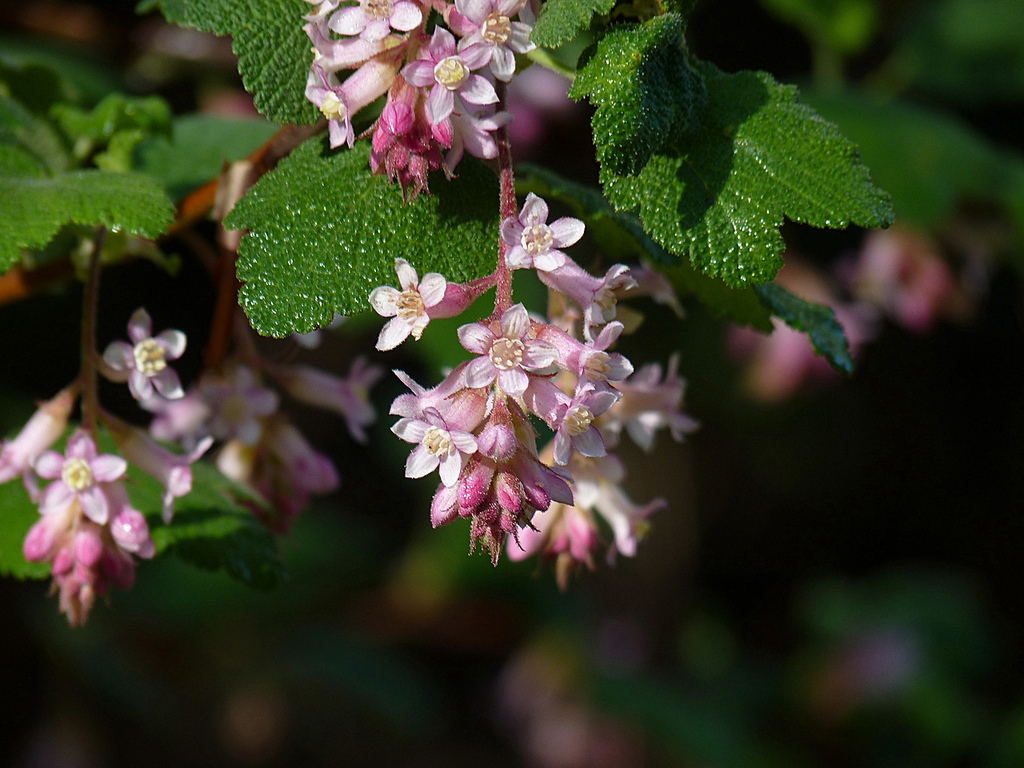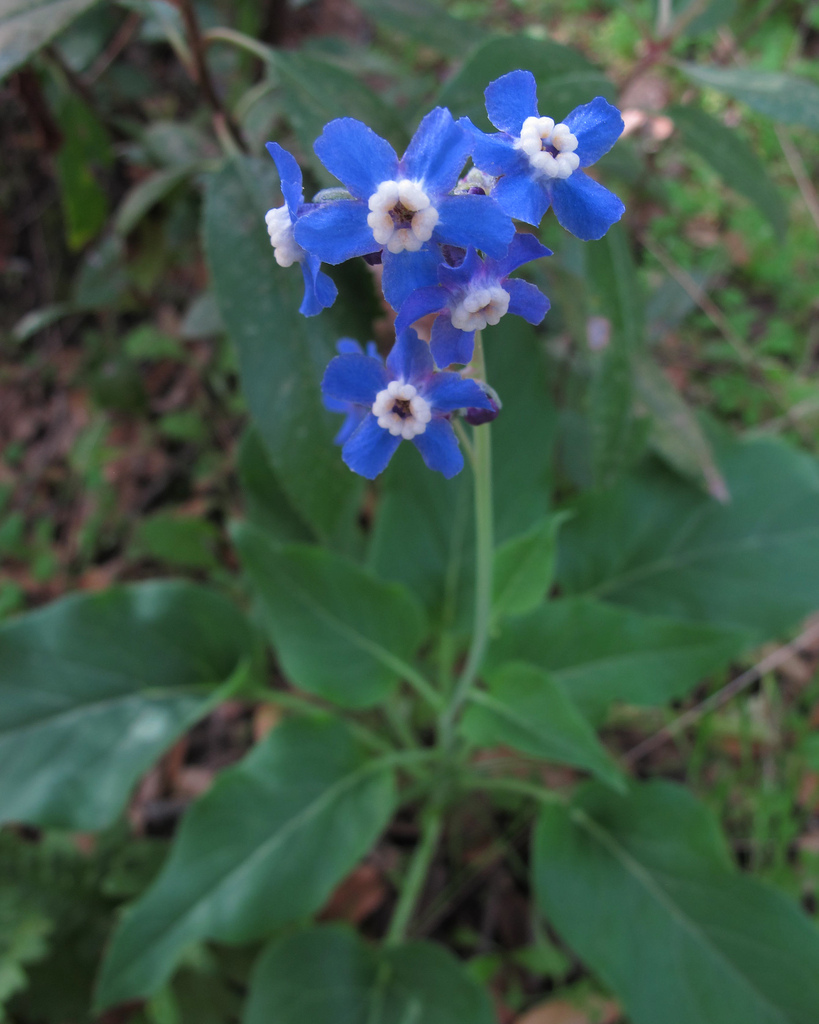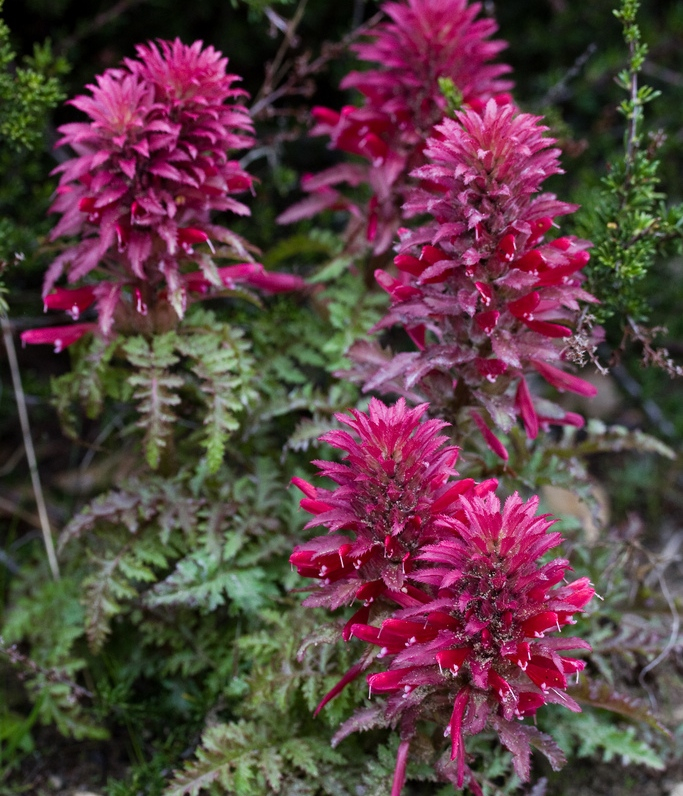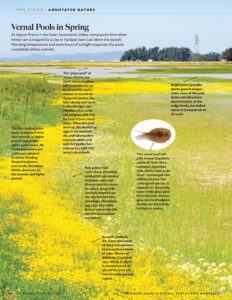Are there any early-blooming wildflowers that don’t mind the drought, and will the rain we’re getting now salvage this spring’s wildflower display?
It’s tough to be a plant when there’s no water! Rainfall is one of the most critical—and most unpredictable—of all the factors that affect wildflower bloom. Winter drought is hard on plants, and here in the Bay Area, all plants “mind” to some degree when we have so little rain.
By the time winter comes in California, most plants have already survived up to six months of drought. Our Mediterranean climate, shared with four other parts of the world, is characterized by warm, dry summers and cool, wet winters.
California plants have evolved adaptations that allow them to survive the dry summers. They may go dormant or at least slow their growth in that season; bear small leaves with hairs, powders, waxes, oils, or tough outer layers to slow water evaporation; send their roots deep into the soil to find moisture; store water in their leaves or stems; or even avoid the dry season altogether by growing from seed each year and dying in summer. But when there’s little or no rain during the time when a plant begins to grow and flowers start to develop, those processes—and even the plant’s continued existence—are threatened. To add insult to injury, the early part of this winter was unusually warm, causing the little water plants were able to absorb to evaporate faster from their leaves.
With less than normal rainfall, the plants most likely to bloom are those that are already established and don’t have to start from scratch (that is, from seed). Woody shrubs like manzanitas (Arctostaphylos species), silktassels (Garrya species), and flowering currants and gooseberries (Ribes species) are among the earliest native bloomers in the Bay Area.

Manzanitas can begin flowering as early as November, but their bloom period is long and some are still in flower now. Silktassels have mostly finished their bloom, but currants and gooseberries are just getting going. In woodlands and chaparral in many parts of the Bay Area, now is the time for pink flowering currant (Ribes sanguineum var. glutinosum), chaparral currant (Ribes malvaceum), fuchsia-flowering gooseberry (Ribes speciosum), and California gooseberry (Ribes californicum).
But even long-established woody plants can suffer from drought. Bigberry manzanitas (Arctostaphylos glauca) on Mount Diablo received much less rain than usual not only this winter, but last winter and spring as well. Manzanita flowers form on parts of the plant produced during the previous spring-summer growing season. With little rain in 2013, many manzanitas didn’t grow much last year, so they have fewer flowers this year.

Some perennial plants—those that go dormant and often die back to their roots during the dry season—are also able to flower with less-than-optimal rainfall, and they’re beginning to bloom in many parts of the Bay Area. Look for milk maids (Cardamine californica), Indian warrior (Pedicularis densiflora), shooting stars (Primula clevelandii and Primula hendersonii), hound’s tongue (Cynoglossum grande), and California poppies (Eschscholzia californica).
Annual wildflowers, growing from seed each year, have the toughest time with drought. They must receive enough initial rain to germinate, as well as continued rain for their roots, shoots, and flowers to develop. If we continue to receive at least moderate rainfall during the next few weeks, we can hope to see some annual wildflowers following the shrubs and perennials. But predicting wildflower bloom is at least as difficult as predicting the weather, and what will happen with the flowers during the rest of this year is anyone’s guess.
You can find out what’s blooming on a couple of websites:
Natural History Wanderings–Wildflower Bloom Reports. Includes frequently updated reports from various parts of the state.
Henry W. Coe State ParkWildflower Guide—What’s Blooming Now. Periodically updated information about what’s blooming in the park.
A bird? A bug? Something strange in the natural world nearby? Ask us and we’ll find the answer!





